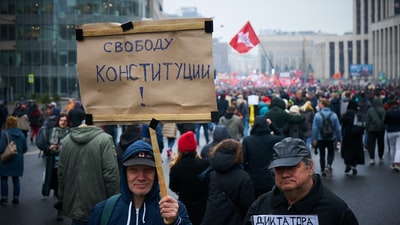 If you’ve come here after reading our guide to the Roaring Twenties, you’ll remember that the roaring definitively stopped in 1929 with the Wall Street Crash, which was the spectacular starting point of an enormous financial crisis. In that guide we covered some of the immediate effects of the crash, but it’s important that we have a very clear idea of all of the effects of the crash on the American people from 1929. So here we go:
If you’ve come here after reading our guide to the Roaring Twenties, you’ll remember that the roaring definitively stopped in 1929 with the Wall Street Crash, which was the spectacular starting point of an enormous financial crisis. In that guide we covered some of the immediate effects of the crash, but it’s important that we have a very clear idea of all of the effects of the crash on the American people from 1929. So here we go:
* People who invested their savings in shares of companies that went bust lost their savings
* Businesses going bust created unemployment; more unemployed people meant less demand for goods produced by other companies, which meant more companies going bust and yet more unemployment. Having been at a steady rate of 5 per cent throughout the Twenties, by the start of 1930 the unemployment rate was at 10 per cent. In 1933 it was as over 20 per cent.
* There was a collapse in prices of many types of goods (not just consumer goods, but also things like raw industrial materials and agricultural produce), which helped to put many companies and farmers out of business. Property prices also fell heavily.
* America’s farmers (who, you’ll remember, were generally already pretty poor), often had their land repossessed by banks, leaving them with absolutely nothing.
* Banks started to run into difficulties because they had lent money to people who could not pay it back. People who had savings in banks often panicked that their bank was about to go under and take their money with it, and rushed to withdraw everything. Because banks don’t physically keep every customer’s money in the bank (they lend it to other people and companies), they often couldn’t give everyone their money back.
* There was very little in the way of a social safety net (for example, things like unemployment benefit), so unemployment meant only one thing: poverty and destitution (okay, that’s two things, but they’re basically the same). People were homeless and desperate for work, but there was hardly ever any available.
——————————————————
World War Two
